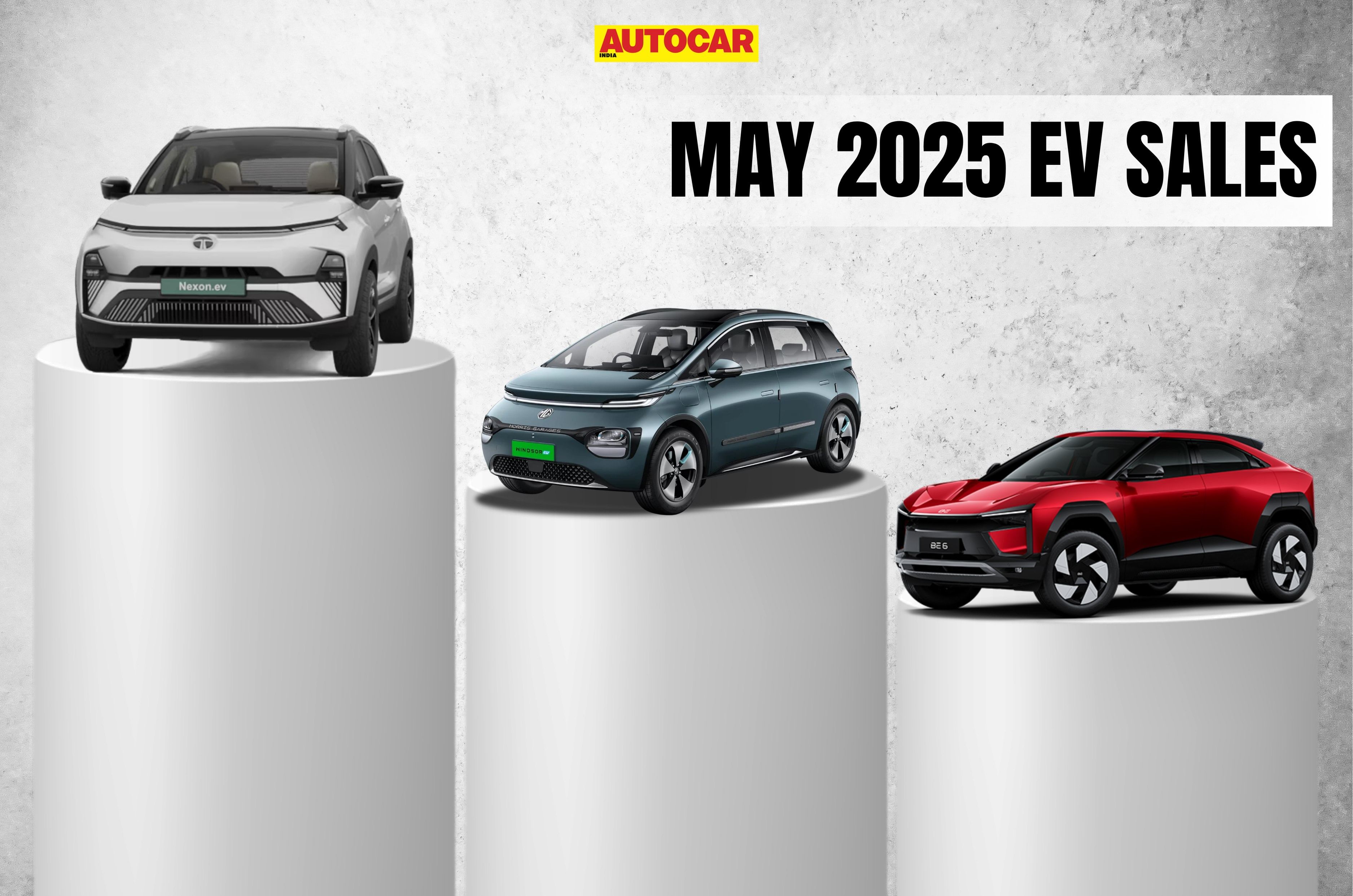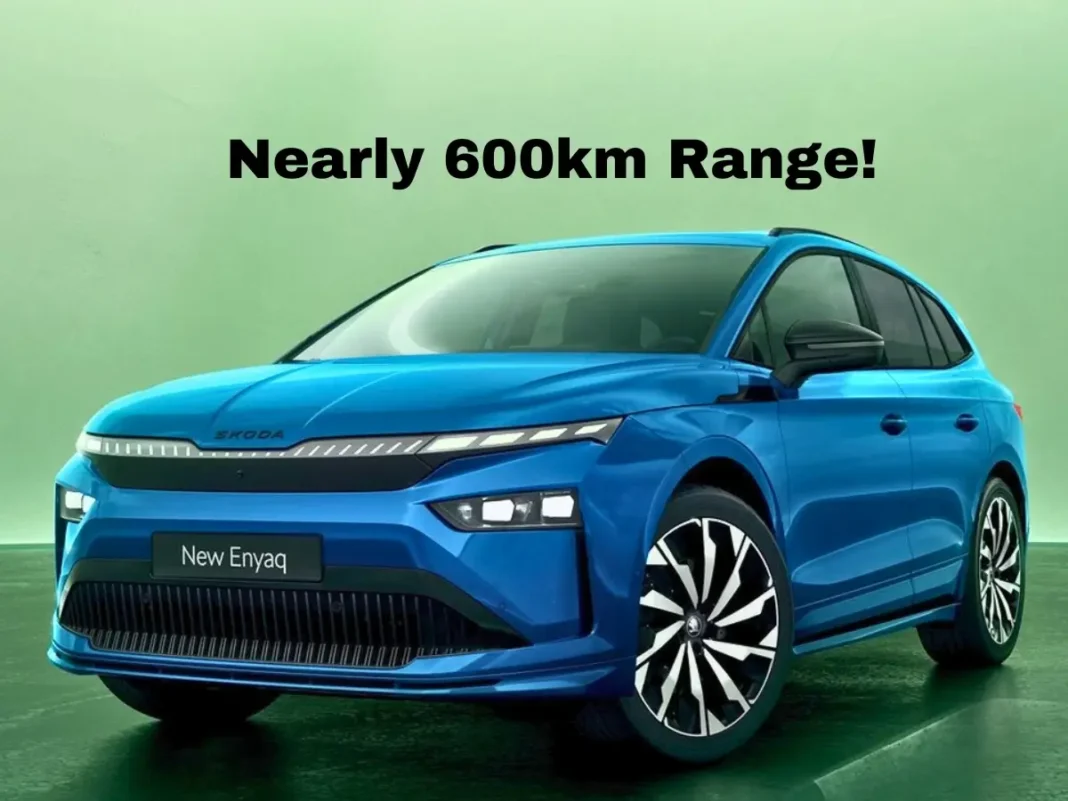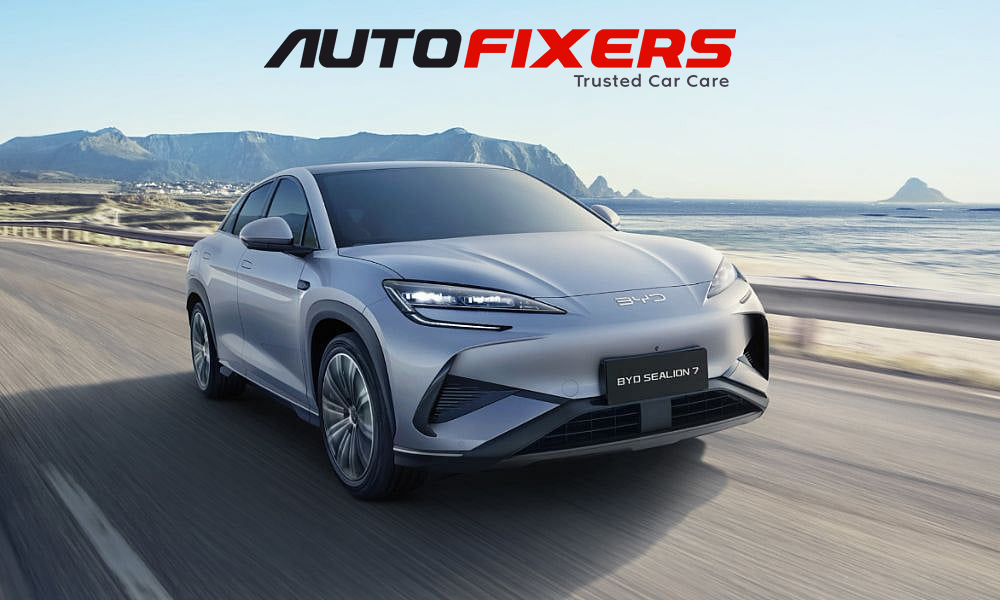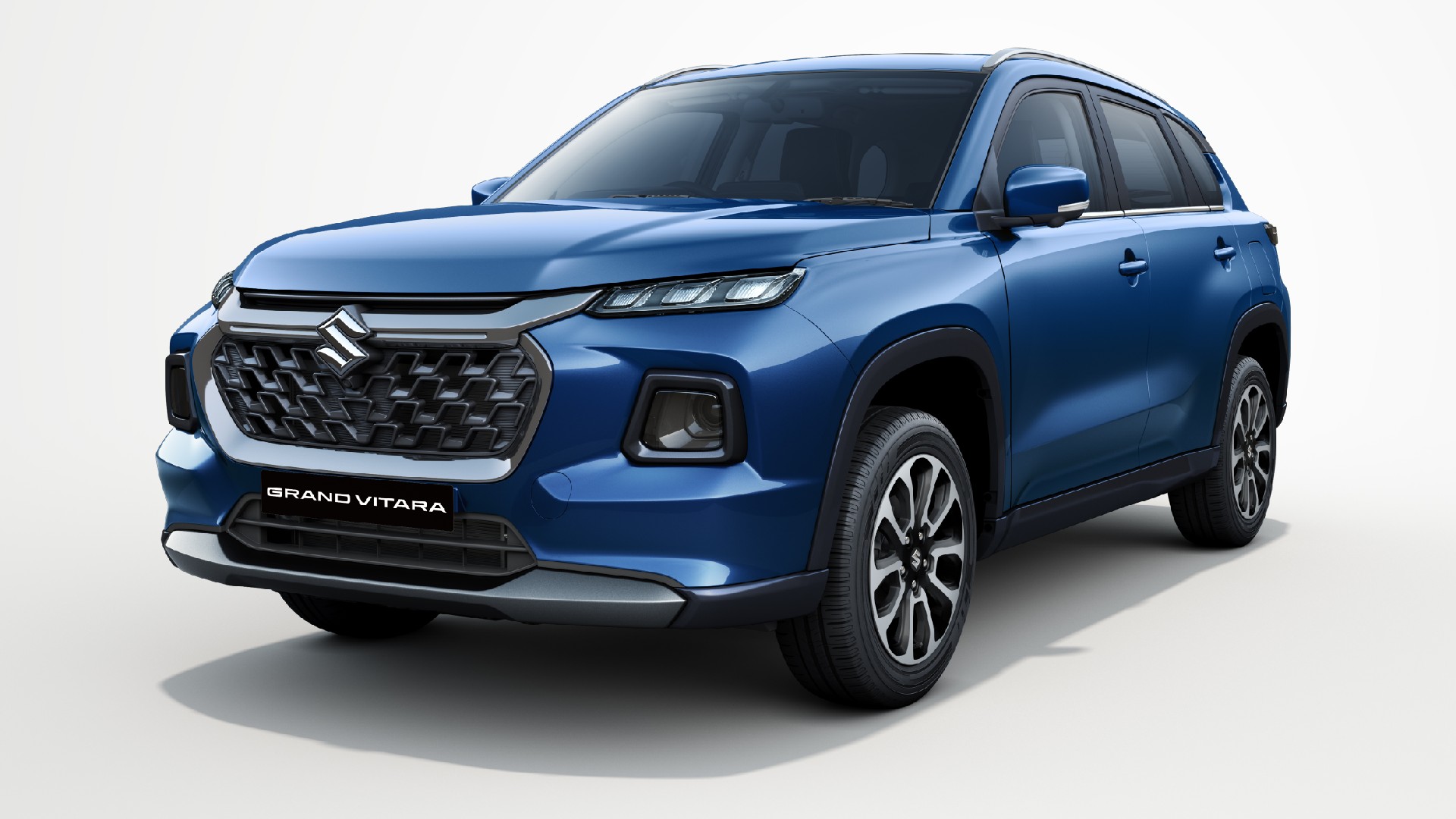
The electric passenger vehicle market in India is currently witnessing a competitive race for dominance, as Mahindra and MG Motor India rapidly close the gap with Tata Motors, the longstanding leader in this space. In May 2025, the top three competitors—Tata Motors, MG Motor, and Mahindra—accounted for an impressive 87.3% of the EV segment share, according to recent vehicle registration data. Notably, Mahindra is emerging as the fastest-growing player, while MG Motor is narrowing Tata’s lead to a mere 587 units, challenging the established market structure amid a 52% year-on-year growth that brought total EV sales to 12,197 units during the month.
Tata Motors
Sales: 4,319 units, YoY growth: -19%
Tata Motors, which previously held a substantial two-thirds share of India’s electric passenger vehicle market, saw its market share decline to 35.4% in May 2025, a drop of 3,078 basis points compared to last year. The company reported sales of 4,319 units, reflecting a 19% year-on-year decline and an 8% drop month-on-month. The Nexon EV, Tiago EV, and Punch EV continue to attract customers, but they are now facing heightened competition from newer models. The upcoming Harrier EV and Sierra EV will be integral for Tata in the current financial year. As the market grows and consumer preferences shift, Tata’s initial advantage is being challenged as competitors improve upon key aspects like value, technology, and brand perception.
MG Motor India
Sales: 3,732 units, YoY growth: 147%
MG Motor reported a remarkable increase in EV sales, delivering 3,732 units in May—a stunning 147% boost from the same month last year. This surge raised MG’s market share to 30.6%, a gain of 1,178 basis points. The Comet and ZS EV continue to draw interest from both individual and fleet buyers, with the Windsor model gaining significant traction. Additionally, MG enhanced its offerings by introducing a larger battery with improved range last month, positioning itself as Tata’s closest competitor for the first time since the EV market started to grow in India.
Mahindra
Sales: 2,604 units, YoY growth: 338%
Mahindra saw an extraordinary 338% year-on-year increase in EV sales in May 2025, with total deliveries reaching 2,604 units, up from just 594 units a year ago. This impressive growth expanded Mahindra’s market share to 21.3%, overtaking Hyundai to become the third-largest player in India’s EV market. The momentum is largely driven by the growing popularity of Mahindra’s newly launched BE 6 and XEV 9E electric models, which are gaining significant retail visibility and acceptance. Just two months after exceeding 3,000 deliveries in April, Mahindra announced it had successfully delivered 10,000 units of its electric SUVs since starting deliveries on March 20, 2025.
Hyundai
Sales: 609 units, YoY growth: 491%
The introduction of the Creta Electric in January greatly benefited Hyundai, allowing it to surpass BYD India in sales figures. In May 2025, the combination of the Creta Electric and the Ioniq 5 led to 609 units sold, marking a significant 491% increase year-on-year, albeit on a low base of 103 units a year ago. While the Creta remains Hyundai’s best-selling model and is the leading mid-size SUV in India, the initial response to the Creta Electric has been lukewarm, despite its competitive pricing. Nonetheless, Hyundai’s EV market share has risen to 5%, compared to just 1% last year.
BYD India
Sales: 494 units, YoY growth: 179%
BYD India, part of the leading global EV manufacturer, is gradually establishing its presence in India. In May 2025, the company reported sales of 494 units, reflecting a 179% increase year-on-year. This achievement marks BYD’s best monthly performance since commencing sales operations in India, despite a limited retail network concentrated in major Tier 1 cities, relying heavily on fully imported models. Their pricing strategy has attracted a niche market, appealing to both B2C and B2B customers.
Other Players: Kia and Citroen
In addition to the top five leaders, Kia and Citroen also operated in the mass market segment, achieving sales of 28 units and 123 units, respectively. This reflects a 27% increase for Kia and a 41% increase for Citroen year-on-year. However, both brands remain peripheral players in the EV landscape, with Kia offering the fully imported EV6 and EV9, while Citroen sells the eC3, which is primarily favored by fleet buyers.
Luxury EV Sales in May 2025
Luxury electric vehicles accounted for 301 units in May, with BMW India leading the segment at 175 units, followed by Mercedes-Benz India with 88 units, and Volvo Auto India with 33 units. Audi and Porsche, on the other hand, experienced minimal sales, with only 5 and 1 units sold, respectively.





